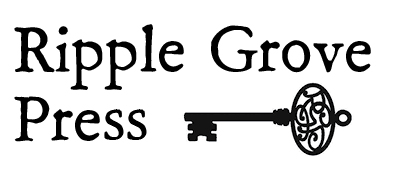We are always excited when we get word of reviews for our books.
Here are the reviews of Mae and the Moon by Jami Gigot that we've received so far:
From Publishers Weekly, June 15, 2015:
Gigot, a visual effects artist for film, debuts by introducing Mae, a girl with long blond braids and a deep attachment to the moon that hangs above her cozy small town. Set almost entirely at night, the story follows along as Mae plays in the backyard in the moonlight and strolls through a park with her parents. As the pages turn, readers will likely notice that the moon is waning; midway through, it disappears completely, with Gigot offering a wordless spread of a black night sky, dotted with stars. “Even moons need to rest,” explains Mae’s mother. Determined to reunite with the moon, Mae constructs a cardboard rocket ship, and in the book’s triumphant climax, Gigot pictures Mae’s vessel tethered to the coolly glowing crescent while the young aviatrix gives the moon a full-body hug. Gigot’s pages are bathed in the dusty dark blues and grays of twilight, the moon literally looming large in Mae’s life. The straightforward writing doesn’t call much attention to itself, but Gigot’s smart use of wordless scenes allows the story’s emotional peaks to have their full impact. Ages 1–8. (Sept.)
From Kirkus Reviews, June 23, 2015:
A little girl loves the moon and worries when it disappears.
Mae’s favorite game to play with the moon is hide-and-seek. But suddenly, one night, the moon is gone! Mae looks for it everywhere. Her mom tells her that even the moon needs to rest. But Mae can’t just sit and wait. This petite, pigtailed heroine must do something, so she creates a rocket ship out of a cardboard box. She flies up to space and gratefully hugs her long-lost friend. But when her papa interrupts her imaginary play, Mae looks up to the sky and realizes that the moon really is back. In its crescent shape, it looks like it is smiling at her. Gigot’s picture-book debut is awash with deep, purple-blue nighttime hues and luminous moonlight. The text is placed sparingly on the page. At the climax, when the moon disappears, a full spread of inky, starry blackness heightens the drama. A labeled diagram of the phases of the moon appears at the end (to be covered by pasted library flaps, alas). While it’s hard to imagine that Mae could not have noticed the phases of the moon before this, her attachment nevertheless rings true.
Not spectacularly innovative but sweet just the same. (Picture book. 3-6)

